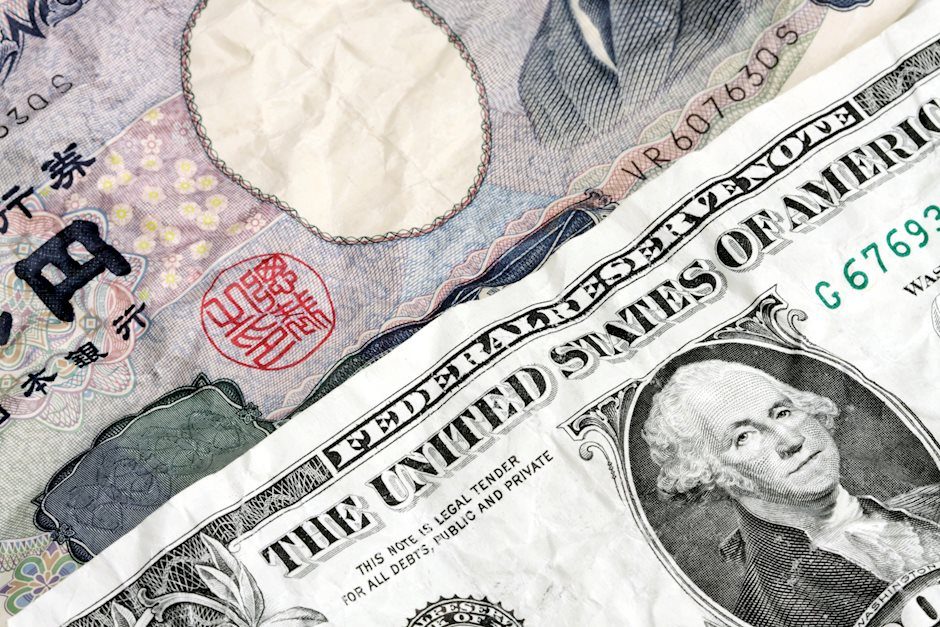USD/JPY advances to near 152.50 as US Dollar gains with US inflation in focus
- USD/JPY jumps to near 152.50 amid US Dollar strength ahead of the US inflation data.
- Economists expect the US CPI to have remained sticky in November.
- BoJ officials reiterated a data-dependent approach for another interest rate hike.

The USD/JPY pair climbs to near 152.50 in the European trading session on Wednesday. The asset strengthens as the US Dollar (USD) extends its winning streak for the fourth trading session on Wednesday ahead of the United States (US) Consumer Price Index (CPI) data for November, which will be published at 13:30 GMT.
The inflation report is expected to show that the annual headline CPI accelerated at a faster pace to 2.7% from the prior release of 2.6%. The core CPI – which excludes volatile food and energy prices – rose steadily by 3.3%.
Investors will pay close attention to the US inflation data as it will influence expectations for the Federal Reserve’s (Fed) interest rate action in the policy meeting on December 18. According to the CME FedWatch tool, the probability for the Fed to reduce interest rates by 25 bps to 4.25%-4.50% is 86%.
As the Fed is widely anticipated to cut its key borrowing rates next week, investors will pay close attention to the interest rate guidance. Analysts at Macquire agree with Fed rate cut market expectations for Fed rate cuts next week but expect the central bank to deliver a slightly hawkish interest rate guidance.
“The recent slowdown in the pace of US disinflation, a lower Unemployment Rate than what the Fed projected in September, and exuberance in US financial markets are contributing to this more hawkish stance,” analysts at Macquarie said.
Meanwhile, the Japanese Yen (JPY) will be guided by expectations about whether the Bank of Japan (BoJ) will raise interest rates in the monetary policy meeting on December 19. Bloomberg reported on Wednesday some sources said few BoJ officials remain open to a hike next week depending on data and market developments. They don’t see any impact in waiting for the next rate hike.
Japanese Yen FAQs
The Japanese Yen (JPY) is one of the world’s most traded currencies. Its value is broadly determined by the performance of the Japanese economy, but more specifically by the Bank of Japan’s policy, the differential between Japanese and US bond yields, or risk sentiment among traders, among other factors.
One of the Bank of Japan’s mandates is currency control, so its moves are key for the Yen. The BoJ has directly intervened in currency markets sometimes, generally to lower the value of the Yen, although it refrains from doing it often due to political concerns of its main trading partners. The BoJ ultra-loose monetary policy between 2013 and 2024 caused the Yen to depreciate against its main currency peers due to an increasing policy divergence between the Bank of Japan and other main central banks. More recently, the gradually unwinding of this ultra-loose policy has given some support to the Yen.
Over the last decade, the BoJ’s stance of sticking to ultra-loose monetary policy has led to a widening policy divergence with other central banks, particularly with the US Federal Reserve. This supported a widening of the differential between the 10-year US and Japanese bonds, which favored the US Dollar against the Japanese Yen. The BoJ decision in 2024 to gradually abandon the ultra-loose policy, coupled with interest-rate cuts in other major central banks, is narrowing this differential.
The Japanese Yen is often seen as a safe-haven investment. This means that in times of market stress, investors are more likely to put their money in the Japanese currency due to its supposed reliability and stability. Turbulent times are likely to strengthen the Yen’s value against other currencies seen as more risky to invest in.
Author

Sagar Dua
FXStreet
Sagar Dua is associated with the financial markets from his college days. Along with pursuing post-graduation in Commerce in 2014, he started his markets training with chart analysis.

















